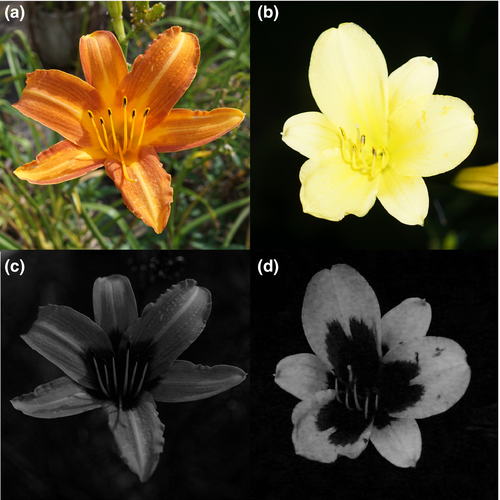
UV bullseye contrast of Hemerocallis flowers attracts hawkmoths but not swallowtail butterflies (Ecology and Evolution)
Floral color and patterning each play a role in filtering pollinator visits to any given flower. However, just as the color and patterning of flowers is multidimensional, so too should be our understanding of the relative importance of color-related traits in pollinator preference. Hirota et al.…
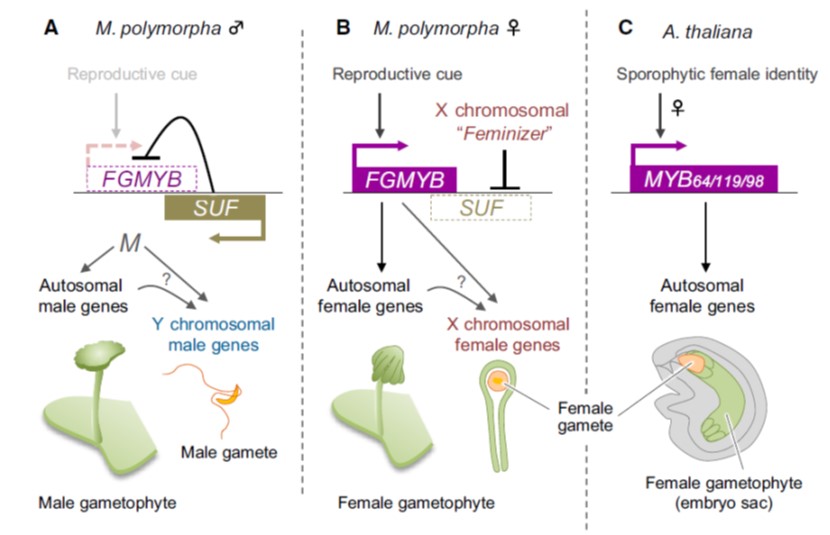
A bidirectional switch controls sexual dimorphism in the liverwort (EMBO J)
Bryophytes spend most of their lifecycle in the haploid, gametophytic form, of which there are two types, male (sperm forming) and female (egg forming). Hisanaga et al. investigated the genetic basis that determines sex in the model liverwort Marchantia polymorpha. Their findings are fascinating. A single…
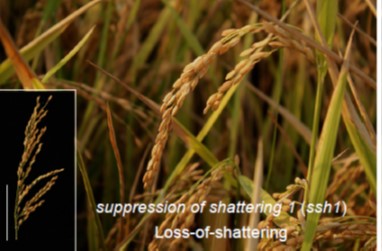
AP2-like transcription factor SUPERNUMERARY BRACT controls rice seed shattering and seed size (Plant Cell)
Non-shattering seed, or seed that stays attached to the stem when mature, is a key domestication trait that makes harvesting easier. Previous studies have identified several domestication genes that suppress the formation of the seed's abscission zone, thus preventing shattering. Jiang et al. used a…
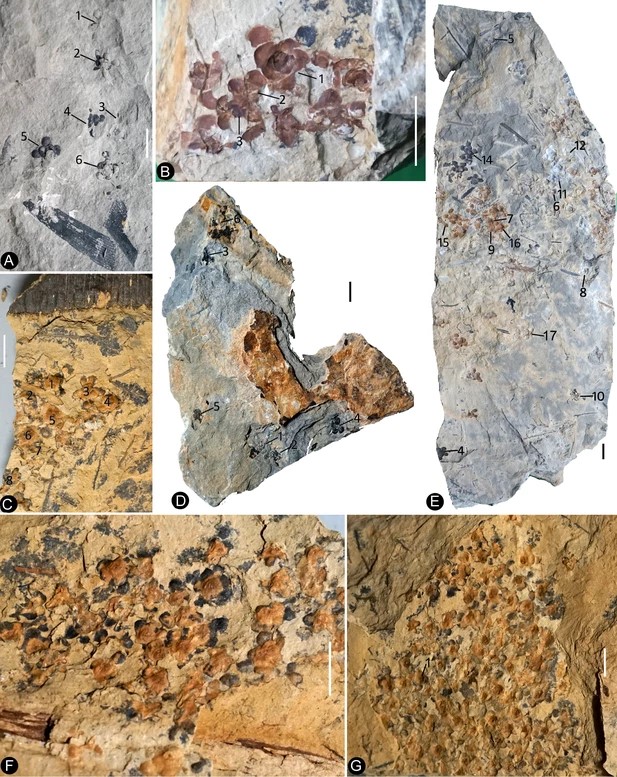
An unexpected flower from the Jurassic of China (eLIFE)
The economic importance of angiosperms, whether for food, ornamentals, timber, pharmaceuticals, or any other commercial product is easy to prove. However, their origin is not. Evolutionary biologists have long debated the origin of flowering plants. Fu et al., have unearthed fossils from the Early Jurassic…
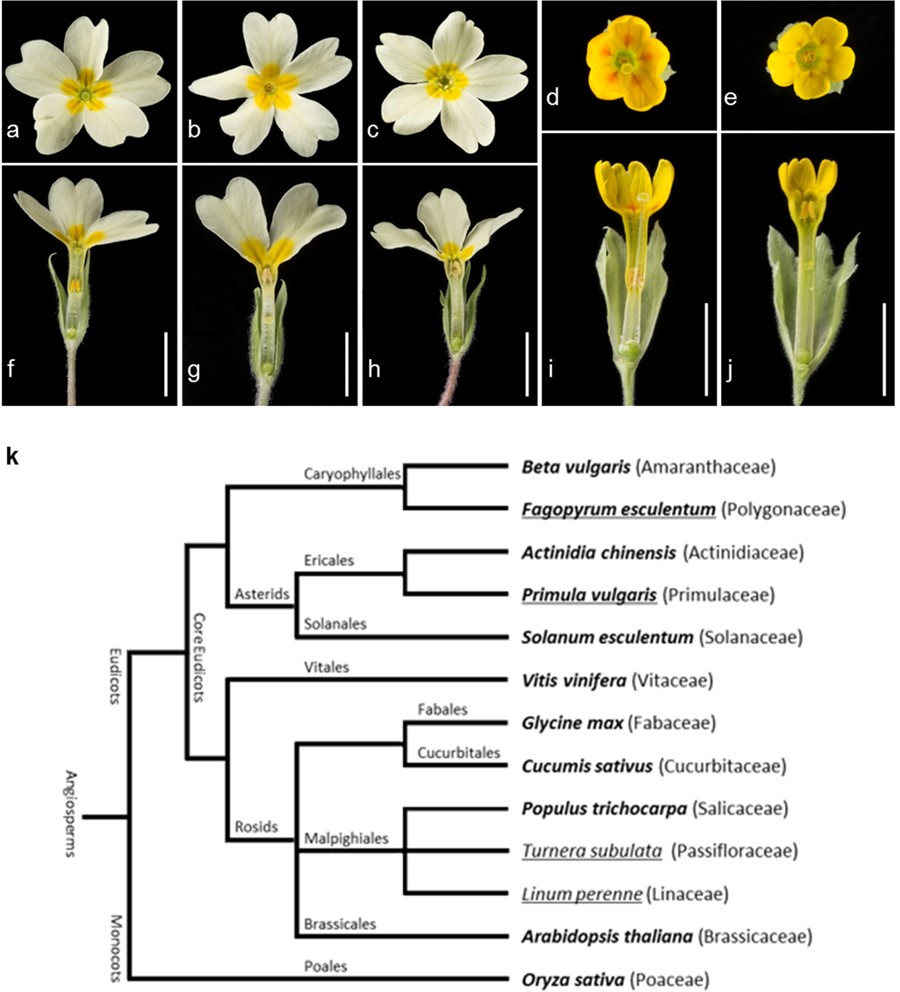
Primula vulgaris (primrose) genome, and the heterostyly supergene (Sci. Reports)
Floral heteromorphy (differences in form) in Primula has long been of interest to plant biologists. Over 150 years ago, Charles Darwin recognized the importance of this floral anatomy for promoting cross-pollination. In heterostylous Primula species, plants produce either, pin or thrum flowers. Pins…

OsRR24/LEPTO1 type-B response regulator is essential for rice meiosis (Plant Cell)
In rice, successful completion of meiosis to generate haploid cells is essential for seed production and propagation. This process is complex, requires precise regulation, and produces visible changes in the structure of chromosomes. In this paper, Zhao et al., characterize a sterile rice mutant with…

A key role for flavanols in the promotion of pollen success (PNAS) ($)
The reproductive success of angiosperms relies on the fertilization of the female gametophyte (egg sac) by pollen that travels long-distances in the pistil. Previous studies suggest a role for phenylpropanoid-related metabolites (flavonoids and anthocyanins) in controlling pollen growth and fertilization,…
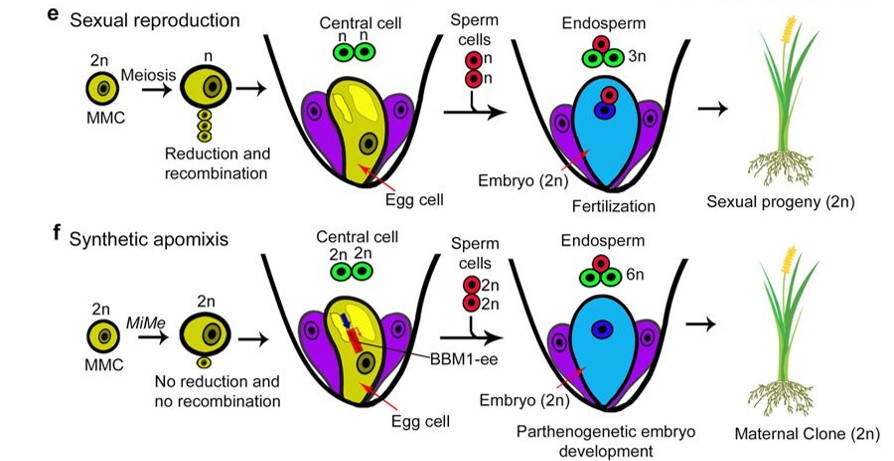
Synthetic apomixis: Asexual propagation through seeds (Nature) ($)
Sexual reproduction mixes up genes and provides genetically diverse progeny, key for survival and fodder for evolution. Sexual reproduction is detrimental to the propagation of hybrid crops though, as mixing up the genes leads to progeny that will be inferior to the hybrid parent. Khanday et al. have…

Self Control: SLF Proteins are Essential for Preventing Self-Fertilization in Petunia
A pollen grain lands on a stigma, swells with water, and sprouts a pollen tube, which races through the style to deliver sperm to the ovule below. When the pollen arises from the flower itself, this process often stops in its tracks. Self-incompatibility (SI) between pollen and pistil promotes outcrossing…

